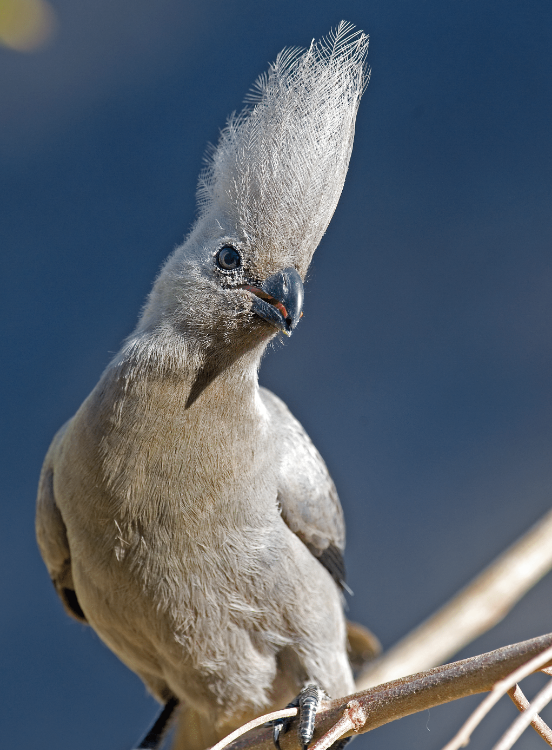Zeepaard Boat Tours
August 22, 2012Bird’s-eye view – Peregrine falcon
August 23, 2012Peregrine falcon
Falco peregrinus
Roberts’ No 171
by Pompie Burger
This is by far my favourite raptor, because in my view it personifies what a raptor should look like: imposing, powerfully built with a massive pair of feet, and having the diagnostically black ‘hangman’s hood’. These birds prefer to hunt on the wing. Flying effortlessly with speeds of up to 380 km/h, they stop suddenly by folding in their wing tips. They strike with their talons and usually kill their prey on impact. You can see that their massive feet were not designed for dancing, but rather for killing, their main prey being doves. The peregrine falcon is often confused with the lanner falcon, which is smaller, not so strongly built and about 10 times more common.
There are 23 peregrine subspecies in the world, two of which occur in Namibia. They are one of the most widely distributed birds of prey and occur on most continents. The local F. p. minor is the world’s smallest subspecies, almost half the size of the largest subspecies. The other subspecies occurring in Namibia is F.p. calides, a non-breeding migrant.
Peregrine falcons prefer mountainous areas and open grasslands. They tend to perch for hours in a tree or on a cliff. Sometimes they enter cities and perch on high buildings. A seemingly resident peregrine perched on a tree in the area of Okondeka in Etosha has been a highlight on my recent visits to the park. We’ve literally spent hours under this tree, to the dismay of the rest of my family.
Unfortunately peregrine falcon numbers are dwindling throughout the world, due to the pesticides used in cultivated farming areas. Doves usually feed on grains that have been sprayed with pesticides and the poison accumulates in their bodies. They are then eaten by the falcons, which either die immediately, or the accumulative effect of the pesticide results in ‘eggshell thinning’, causing their eggs to break prematurely.
This article appeared in the Dec ‘05/Jan ‘06 edition of Travel News Namibia.
Based in Windhoek, Pompie Burger is an orthopaedic surgeon whose part-time passion is photography, in particular wildlife, and specifically birds. This regularly takes him to the most remote corners of the country, resulting in riveting images and articles.
Pompie is the author and photographer of the coffee table book Birds of Namibia, which was published in 2008. The book contains articles and photographs which attest to the insight and knowledge of an accomplished observer.
Read more of his articles in our Birding Section.


